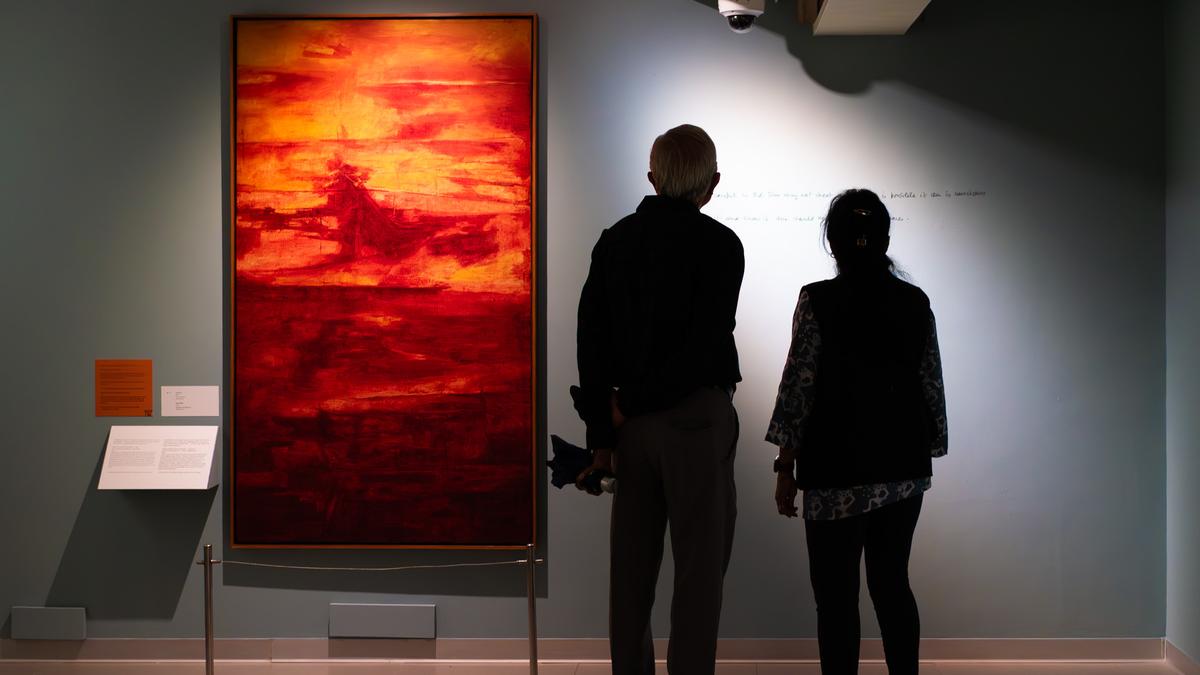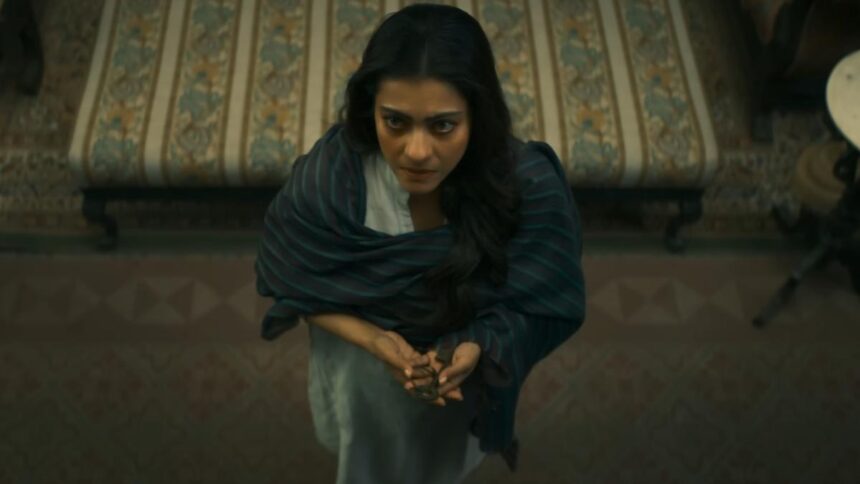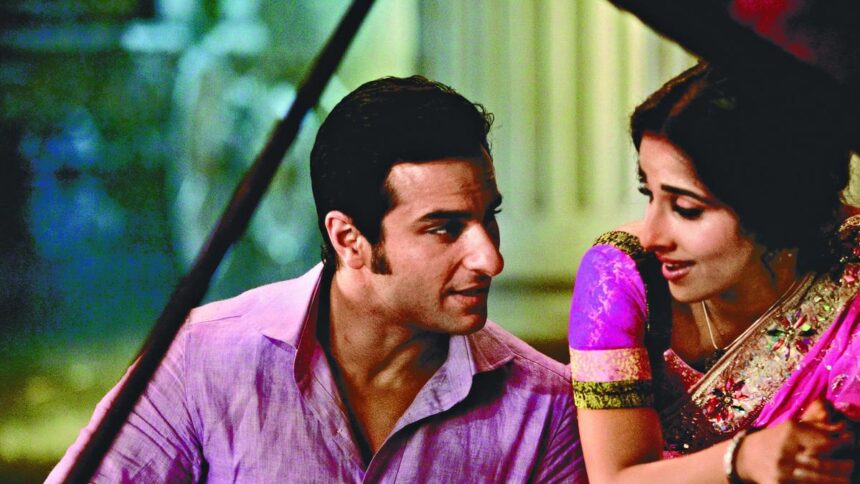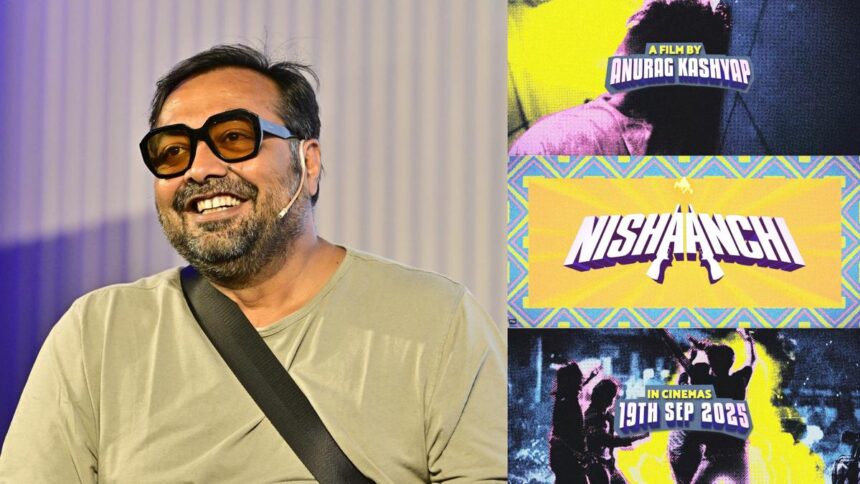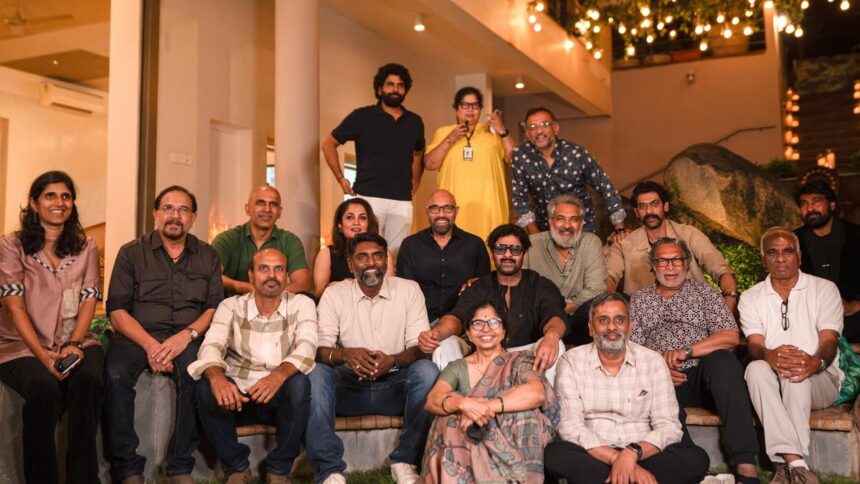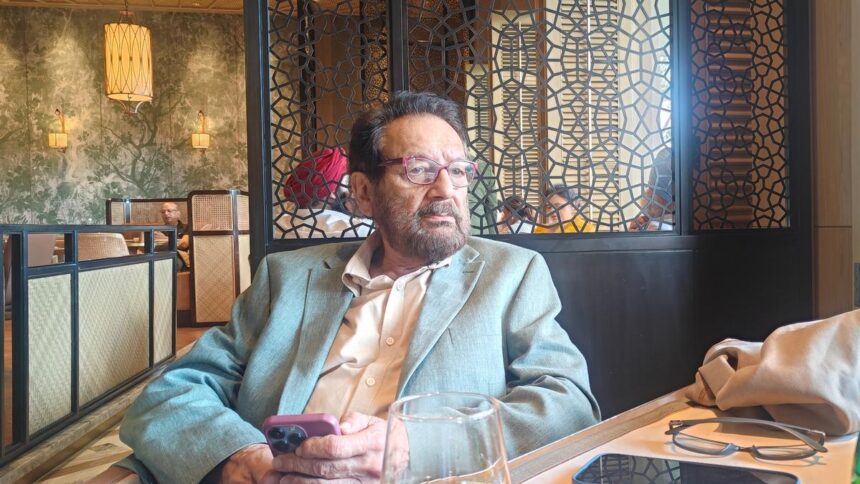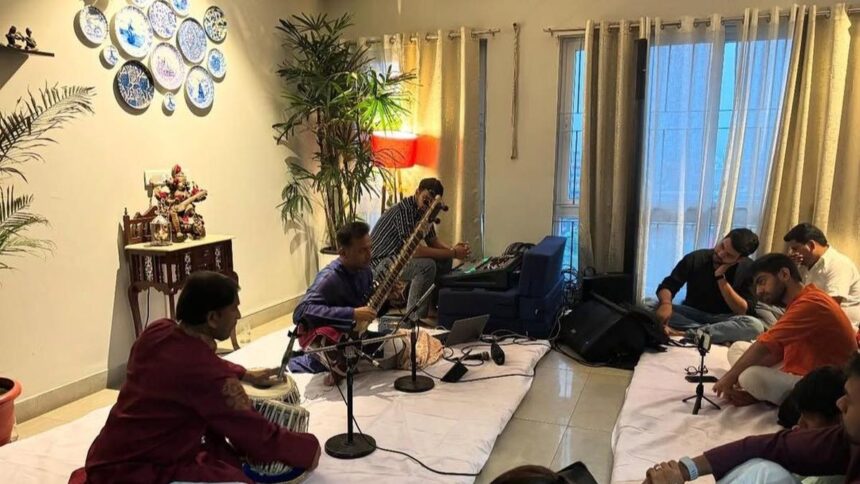It is a truth universally acknowledged that a new-age museum in our smartphone era must create perfect selfie spots. Over the past decade, founders, architects, exhibition designers, curators and artists have had to also imagine their works and spaces to double up as Instagram backdrops. At Bengaluru’s Museum of Art & Photography (MAP), however, this isn’t at their “core of building a museum-going culture”, says Abhishek Poddar, the founder of this museum. “At MAP, these interactive elements, whether analogue or digital, are always intentional choices, not add-ons.”
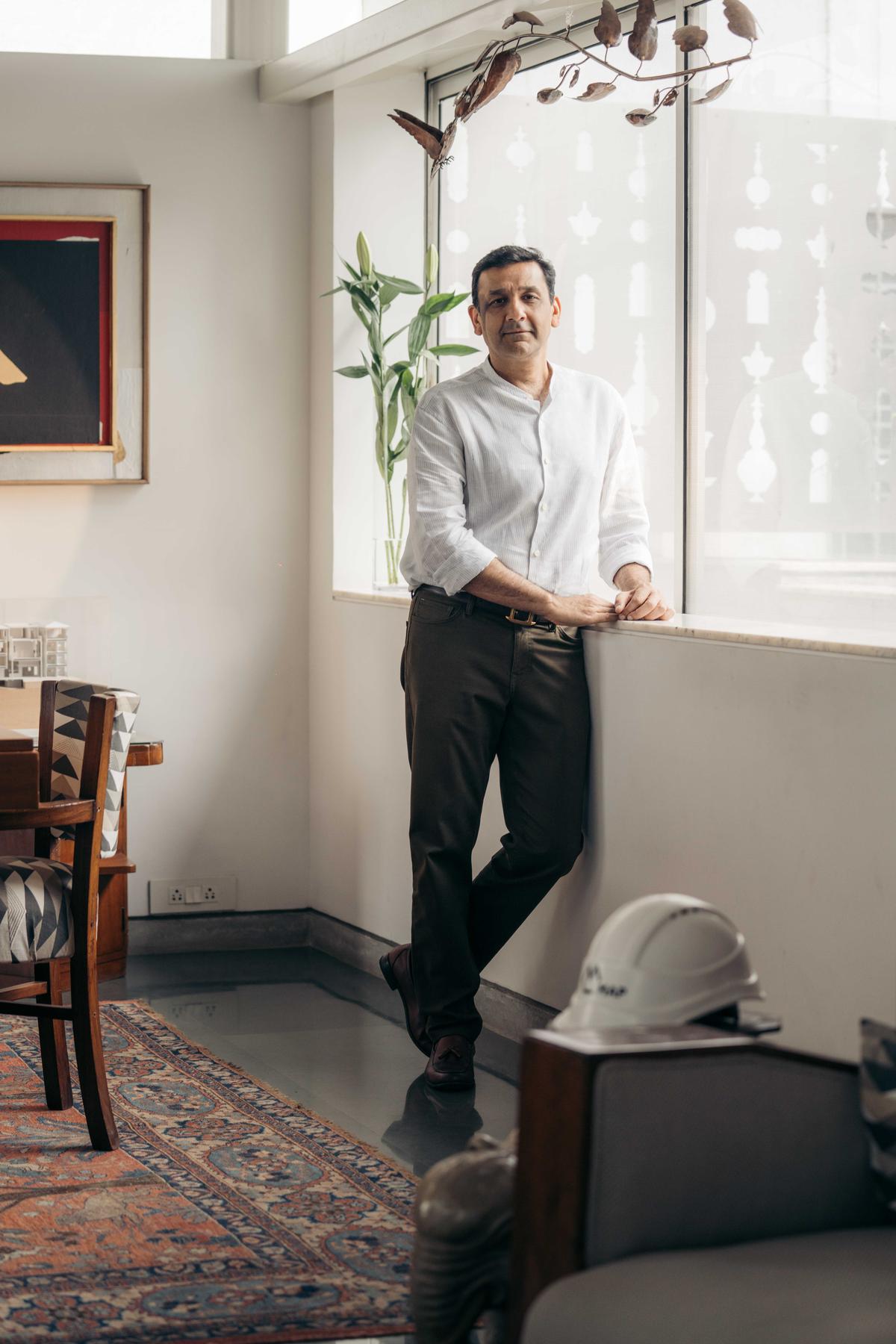
Abhishek Poddar, founder of MAP
| Photo Credit:
Prarthana Shetty
Accommodating this buzzing social media landscape isn’t kowtowing; museums need footfalls too. It is MAP’s mode of engaging with these amorphous, captive channels of communication and building community that marks them out. “It’s not something that we prioritise from the very start of conceptualising an exhibition, but it is also something that we’ve come to consider in the process of executing it. It’s the way the world works, and museums and their shows can’t be entirely safe from that,” explains Arnika Ahldag, director of exhibitions and curation at MAP. “But it’s good when it does happen.”
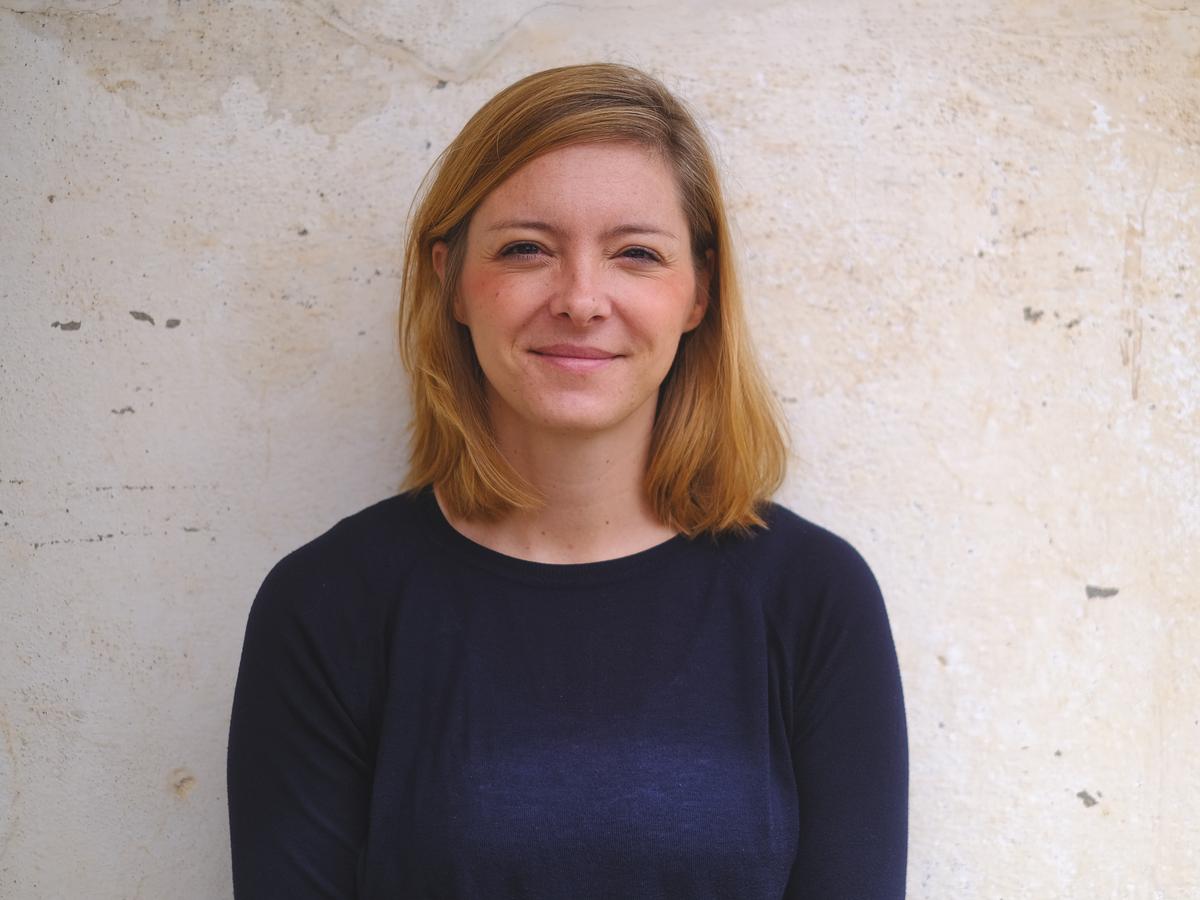
Arnika Ahldag
| Photo Credit:
Special arrangement
She points to the example of The Writing Table installation at the recently-opened exhibition titled Shape of a Thought: Letters from Ram Kumar. This wooden desk and chair arrangement is stacked with the short-fiction collections and other writings by the artist, loose sheafs of blank paper, pens and pencils. Visitors can draw inspiration from the artist’s preoccupations and write a letter to themselves, loved ones, strangers or even the city. Once done, they can clip it to the twine strung above the desk like festive buntings.
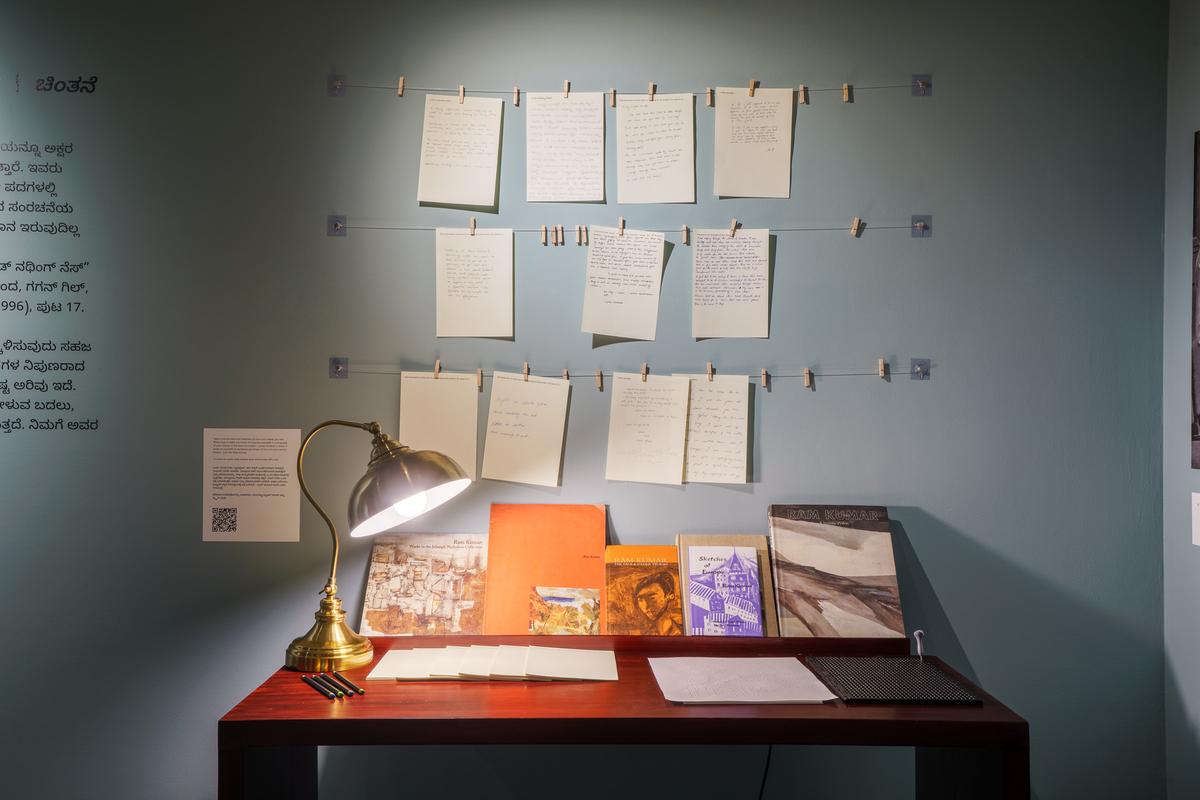
The Writing Table installation
| Photo Credit:
PSAC Studio
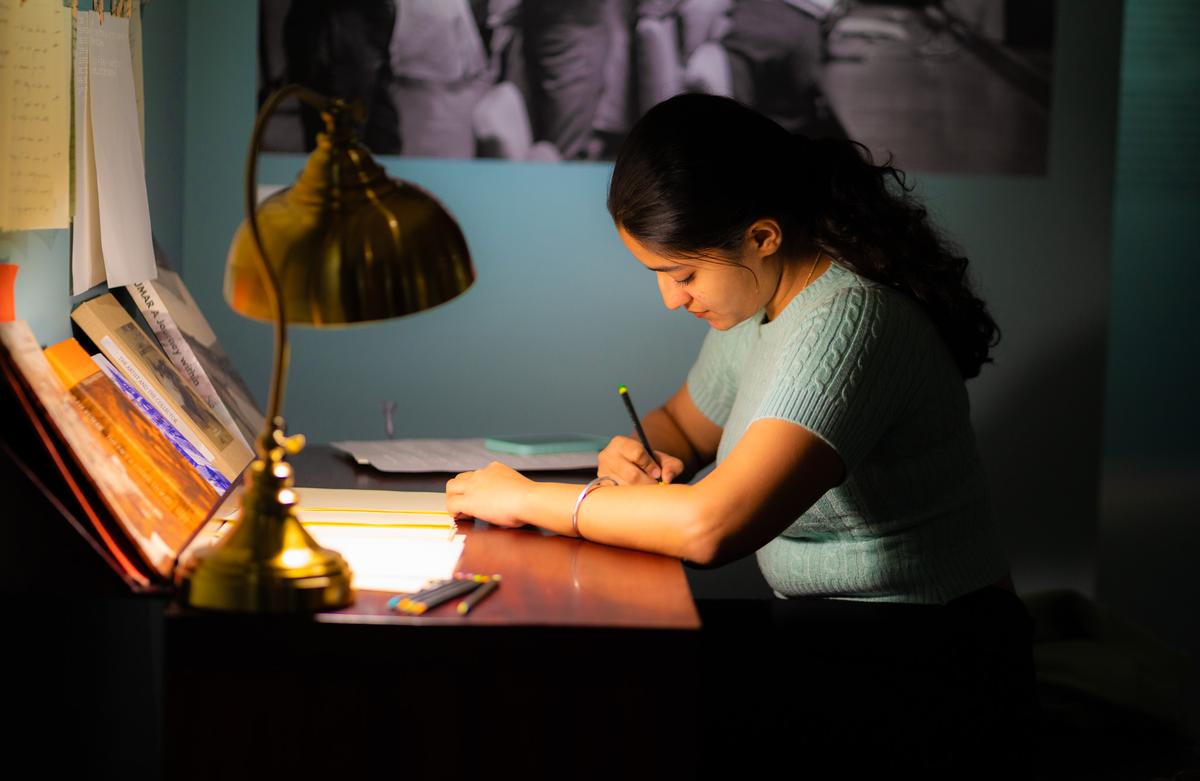
A visitor writes a letter
| Photo Credit:
Special arrangement
“The initial idea was to find a way for visitors to connect with the physical act of letter-writing. The manner in which picking up a pen and writing on paper causes one to structure one’s thoughts differently than sending out a text message,” Ahldag says, taking us through the thinking process behind building an exhibition. “But this is the element from Shape of a Thought that has become the most shared on social media; and that’s good with us because it has become yet another way for people to experience, connect and feel Ram Kumar’s practice.”
The modernist writer-painter’s letters can be experienced through multiple formats — facsimile, audio, Indian Sign Language, translations, transcripts, Braille and in regional languages through guided walks. These different layers that invite interaction “gives a larger group of people the opportunity to get to know his works and thoughts; it allows for them to respond through the medium they’re most comfortable in”, says Poddar. “If they like big screens, we have digitally-stored exhibitions, if they prefer games, we have games. The idea is to simply start them on the journey to embracing and appreciating art.”
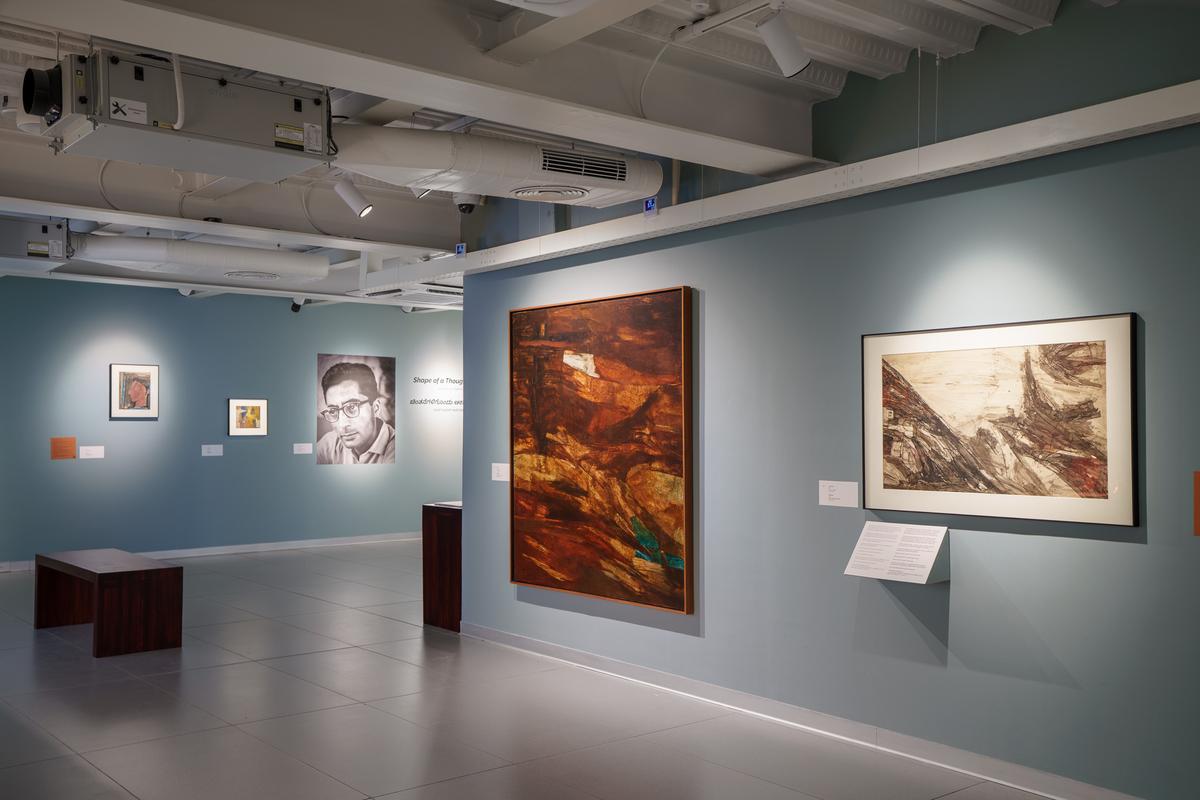
Shape of a Thought: Letters from Ram Kumar
| Photo Credit:
PSAC Studio

Breaking down the abstract
Since opening in 2023, MAP and its teams have understood that audiences expect more than frames of artwork hung on a wall and being declared as great art. Instead, MAP has been able to channel our obsession with smartphones while also accounting for our desires to switch off and be tactile in our environments. “The experience of something has become more and more important,” shares Ahldag. For instance, abstract art is commonly perceived as something that’s intimidating. “It’s got a reputation of being only for those in-the-know or seasoned connoisseurs.”
In order to address this notion, their exhibitions are put together to “build a relationship between the artist and the audience”, she explains. In the Ram Kumar exhibit, there are prompts in the form of questions on brown text panels next to each of the abstract paintings that might coax different entry-points into the visual for the viewer. This is an extension of their Family Label activity that allows visitors to look at the artworks and create a label on what they think artwork means, or what they saw and felt.
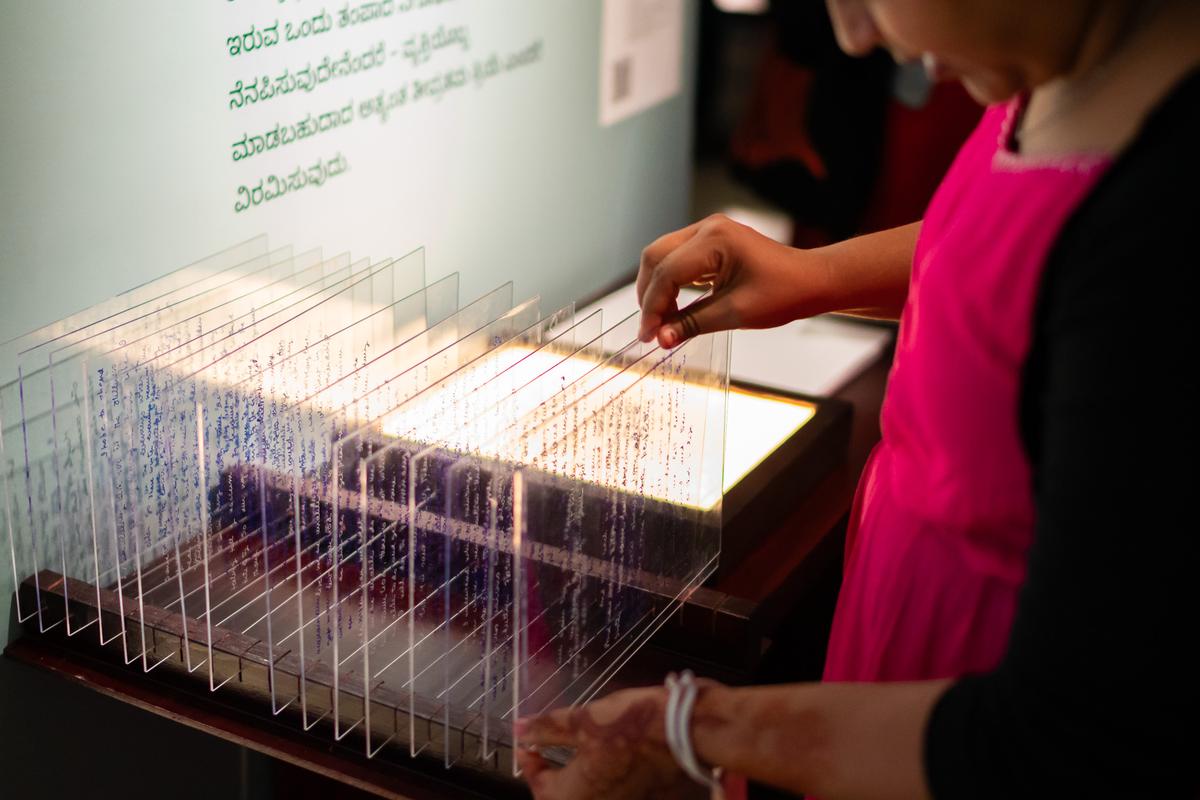
Tactile exhibits at the Shape of a Thought: Letters from Ram Kumar exhibition
| Photo Credit:
Special arrangement
Ahldag has found that when these kinds of invitational interventions are “created in connection with an exhibition, people seem to be more interested”. While the inclusion of tactile art work in MAP exhibitions is an accessibility feature, an integral tenet of MAP’s outreach to have people across abilities gain access to art, “they’ve also become a way for the general public to experience art with different senses”. And though digital experiences at the museum are cutting-edge, Ahldag and her exhibitions team have found “that older ideas like a reading station or an activity desk have worked well” to build MAP’s public.
“Over the opening weekend, The Writing Table turned out to be a hit with visitors and we’ve already collected handwritten letters of gratitude, dedications and love the size of a thick book,” she tells me. For us [at the museum], it’s sweet that we’ve become a third space in the city for visitors to try out a different pace, slow down a little bit, spend time on an activity that isn’t immediately converted into a product — these are the intangibles we want to be able to share with our visitors,” she concludes.

The Writing Table installation
| Photo Credit:
PSAC Studio

MAP @ the KIA
A customised version of MAP’s technological interventions now exists at Terminal 2 of Bengaluru’s Kempegowda International Airport, an upgrade from the earlier museum shop. At the outposts in the Domestic and International terminals, they have their Gallery on Demand, where travellers can browse the works of Indian artists such as Jamini Roy, Jyoti Bhatt and Suresh Punjabi or search through the museum’s entire digitised collection and even email them to one’s self or friends. There are puzzles created using artworks to pass the time. Scan a QR code to digitally light a lamp: choose a lamp from different genres of arts and artists and type out your name to ignite the flame.
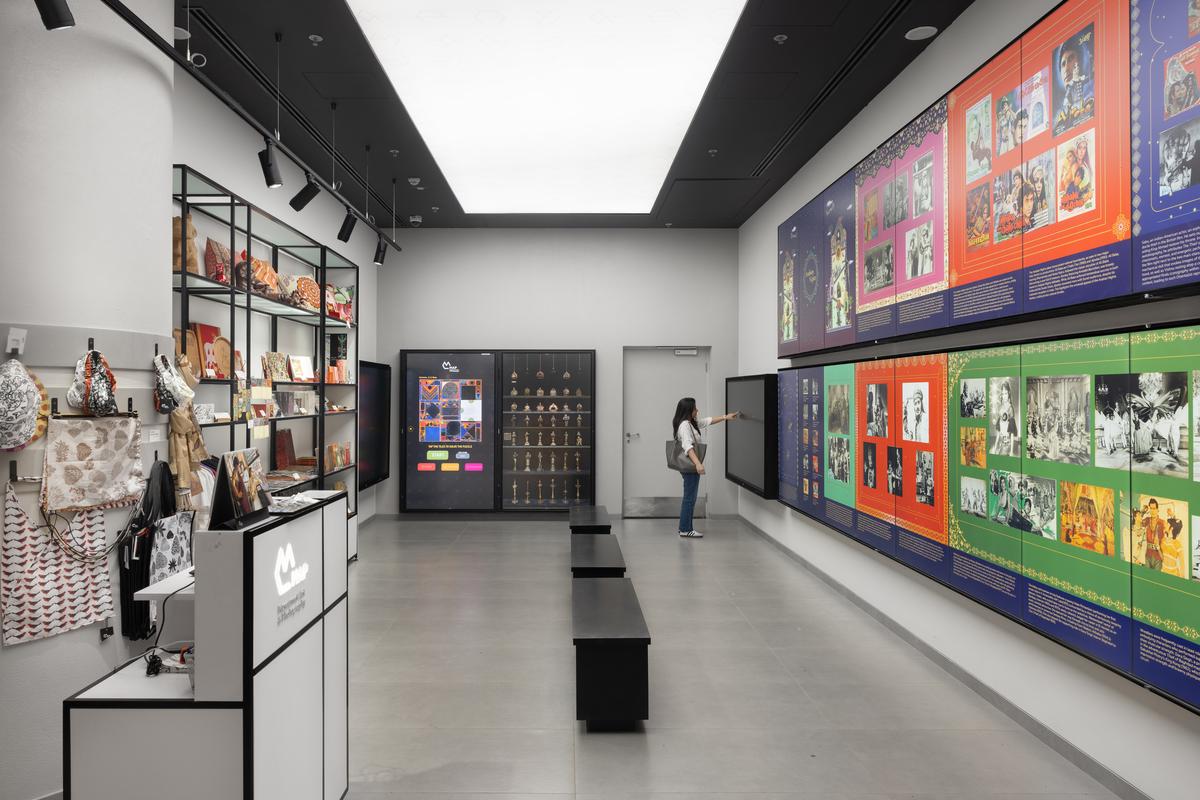
Gallery at the Domestic Terminal
| Photo Credit:
Special arrangement
At the International Terminal, those transiting can also enjoy an exhibition titled Bhuri Bai: My Life as an Artist. It traces the practice of the Padma Shri award-winning Bhil painter, muralist, and illustrator. It starts from the early 1980s to her more recent large-scale commissioned works. Scan another QR code, and you’ll be able to access an audio guide that aims to enhance your experience of these vibrant artworks.
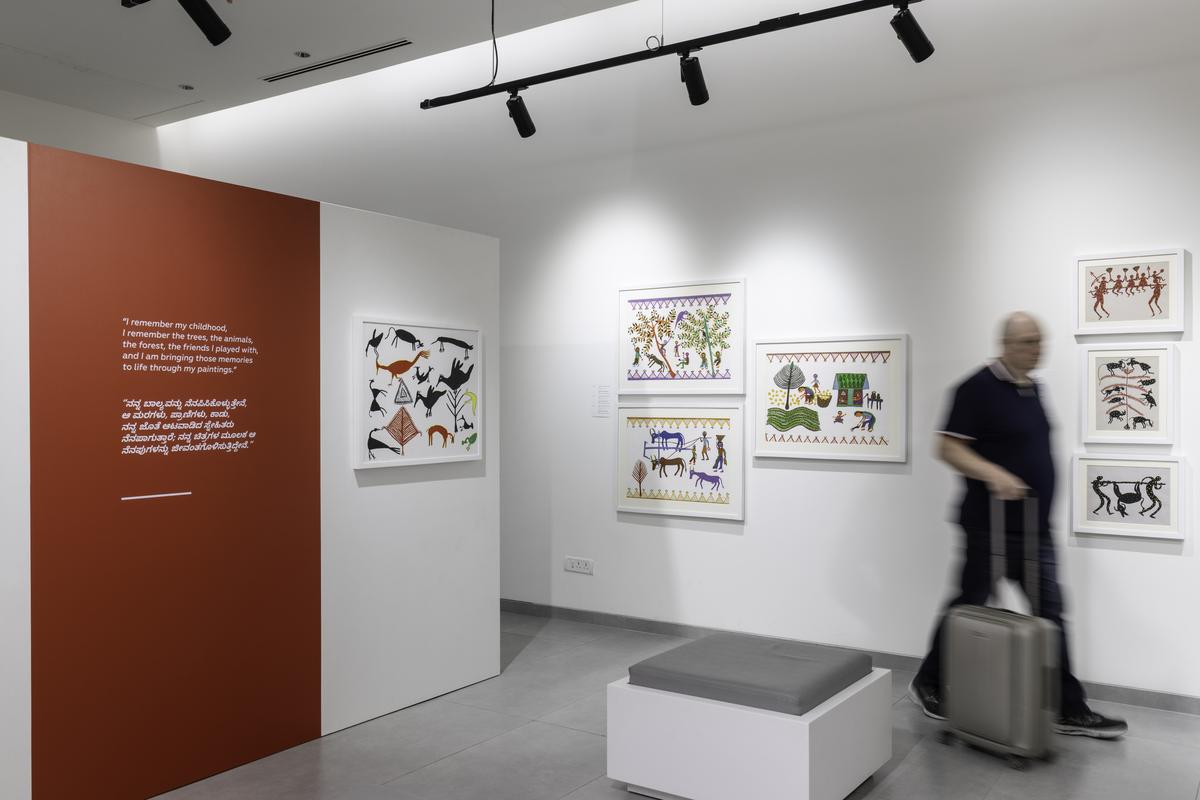
Gallery at the International Terminal
| Photo Credit:
Special arrangement
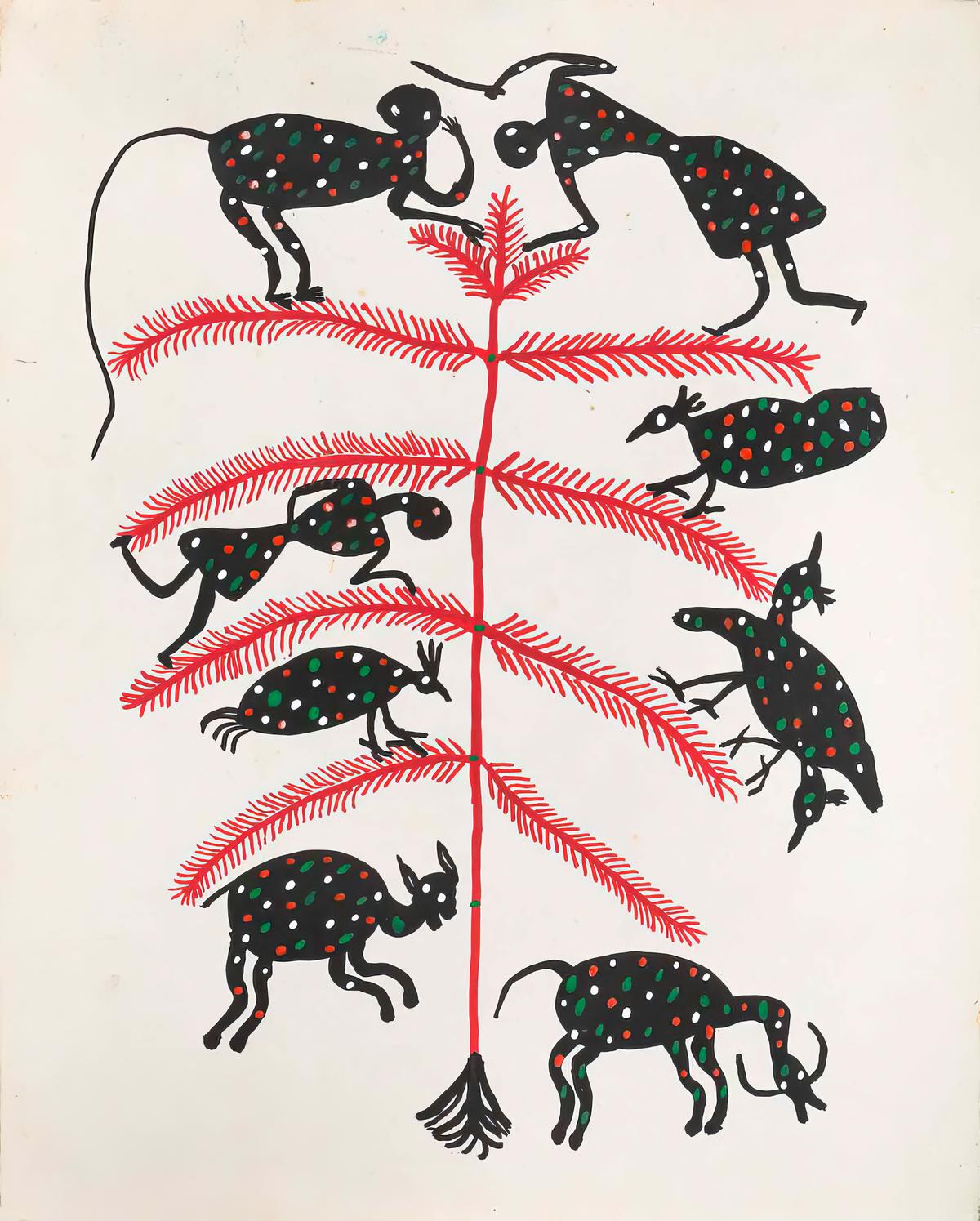
Artwork from the Bhuri Bai: My Life as an Artist exhibition
| Photo Credit:
Special arrangement
“We want people to experience Indian art and the seed for that can be planted even when they are using screens. It’s been an attempt to cultivate the belief that our history and culture aren’t boring things inside museums, but an exciting shared inheritance,” Poddar states.
Shape of a Thought in on till October 26.
The writer and poet is based in Bengaluru.
Published – August 21, 2025 05:17 pm IST








